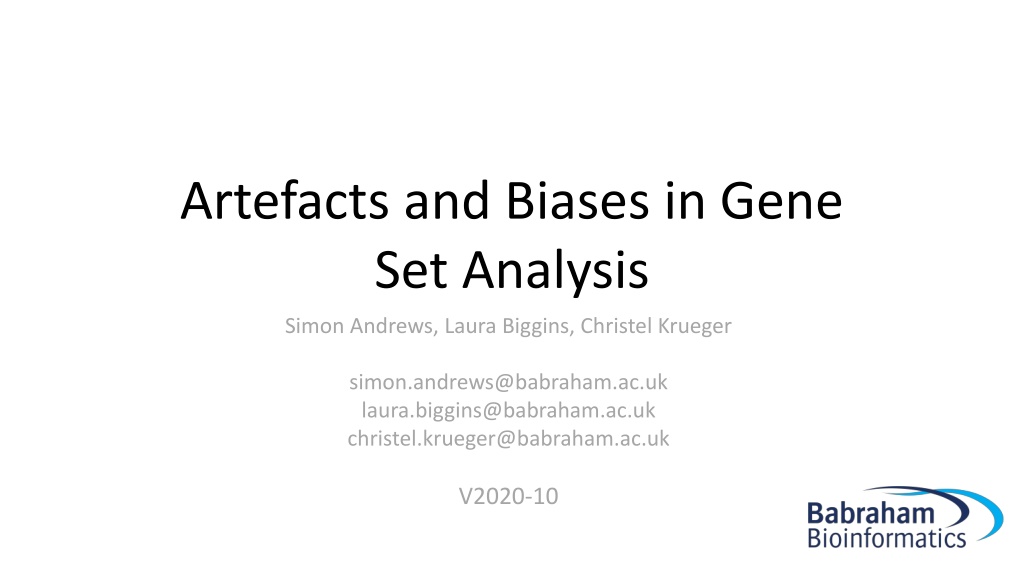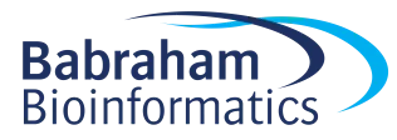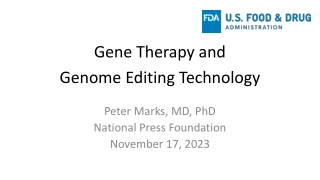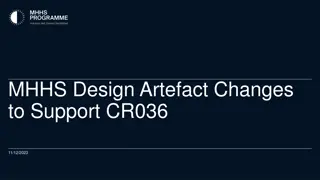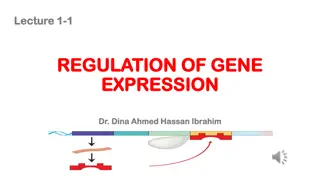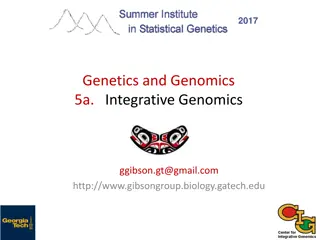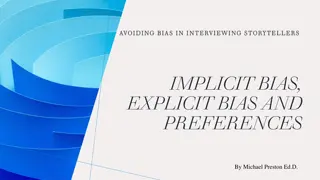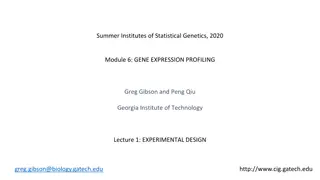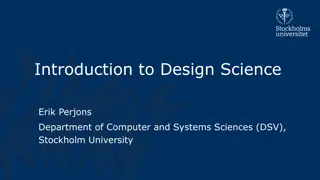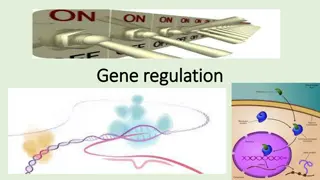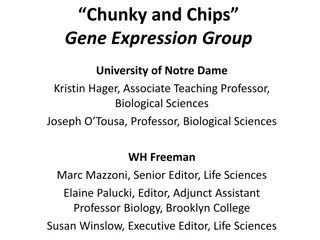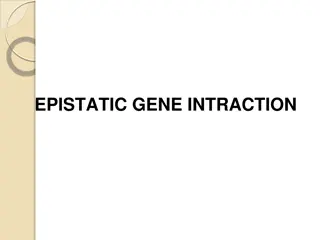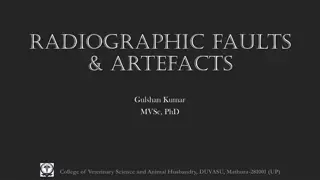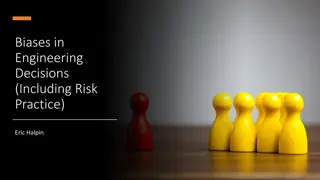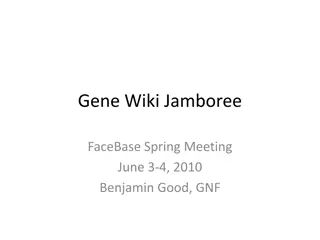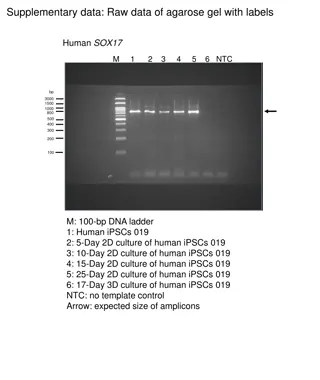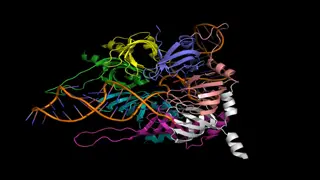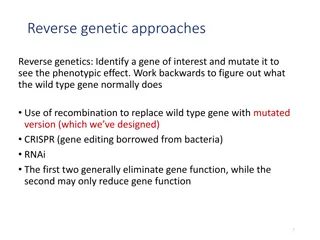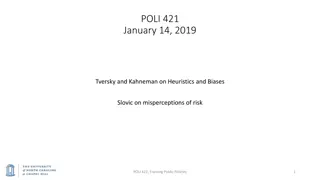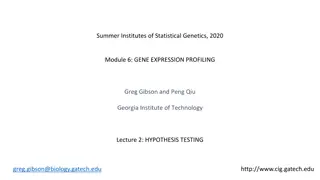Artefacts and Biases in Gene Set Analysis
Gene set enrichment tests help identify functional gene sets enriched in hit lists compared to background sets. Various biases (technical, biological, statistical) can lead to incorrect conclusions in data analysis, emphasizing the importance of recognizing and addressing them. Technical biases like GC bias, statistical biases impacting the power to detect effects, and RNA-Seq biases affecting gene identification are discussed. Biases may mimic real biology, highlighting the need for vigilance in data interpretation.
Download Presentation

Please find below an Image/Link to download the presentation.
The content on the website is provided AS IS for your information and personal use only. It may not be sold, licensed, or shared on other websites without obtaining consent from the author.If you encounter any issues during the download, it is possible that the publisher has removed the file from their server.
You are allowed to download the files provided on this website for personal or commercial use, subject to the condition that they are used lawfully. All files are the property of their respective owners.
The content on the website is provided AS IS for your information and personal use only. It may not be sold, licensed, or shared on other websites without obtaining consent from the author.
E N D
Presentation Transcript
Artefacts and Biases in Gene Set Analysis Simon Andrews, Laura Biggins, Christel Krueger simon.andrews@babraham.ac.uk laura.biggins@babraham.ac.uk christel.krueger@babraham.ac.uk V2020-10
What does gene set enrichment test? Is a functional gene set enriched for genes in my hit list compared to a background set Are some genes more likely to turn up in the hits for technical reasons? Are some genes never likely to turn up in the hit list for technical reasons?
Biases All datasets contain biases Technical Biological Statistical Biases can lead to incorrect conclusions We should be trying to spot these Some are more obvious than others!
Technical Biases Simple GC bias from different polymerases in PCR
Statistical Biases The power to detect a significant effect is based on: How big the change is How well observed the data is (sample size) Lists of hits are often biased based on statistical power
RNA-Seq Statistical Biases What determines whether a gene is identified as significantly differentially regulated? The amount of change (fold change) The variability How well observed was it How much sequencing was done overall? How highly expressed was the gene? How long was the gene? How mappable was the gene?
RNA-Seq Statistical Biases Unlikely to ever see hits from genes which are Lowly expressed Short
Biases Look Like Real Biology Bias High GC Low GC Long Genes Synapse Chr 18 Function DNA-Templated Transcription GPCR Signalling P-Value 2.00E-20 4.00E-12 2.30E-30 1.01E-26 Homophilic Cell Adhesion
What can you do? Think about whether you re likely to have expected biases in your experiment. If possible, restructure to avoid the bias Look for unexpected biases. Sometimes the bias is the interesting biology Use custom backgrounds during Gene Set Analysis to help minimise bias (if a tool supports it)
Correct selection of a background list can make a huge difference What genes were you likely to see? Some are technically impossible Membrane proteins in LC-MS Small-RNA in RNA-Seq Some are much less likely Unexpressed or low expressed in RNA-Seq Unmappable in ChIP-Seq Low CpG content in BS-Seq Make a list of what you could have seen, and set that as the background.
Expressed Genes Log2 Read Counts per Gene 26,127 Genes Measured
Expressed Genes <128 (2^7) reads per gene Eye Development (p 8e-4) Log2 Read Counts per Gene 10,378 Genes Realistically Measured
Statistical biases affect gene sets too Fisher s test is powered by Magnitude of change Observation level Big lists have more power to detect change Small lists are very difficult to detect Some tools allow you to exclude the largest gene set categories. We often use categories with between 50 500 genes in to get power and specificity Always look at the enrichment and the p-value when deciding what is interesting
Fold Change and p-value 18 16 14 12 10 -log10(p) 8 6 4 2 0 0 2 4 6 8 10 12 14 16 18 Fold Enrichment
Other biases: Relating Hits to Genes Most functional analysis is done at the gene level Gene Ontology Pathways Interactions Many hits are not gene based
Other biases: Random Genomic Positions Find closest gene Synapse, Cell Junction, postsynaptic membrane (p=8.9e-12) Membrane (p=4.3e-13) Glycoprotein (p=1.3e-12) Find overlapping genes Plekstrin homology domain (p=1.8e-7) Ion transport (p=7.1e-7) ATP-binding (p=3.8e-8)
Other biases: Random Transcripts Tends to favour genes with more splice variants Metal Binding, Zinc Finger (p=4.4e-12) Nucleus, Transcription Regulation (p=2.4e-14)
Stuff which turns up more than it should Did a trawl through GEO RNA-Seq datasets Downloaded pairs of samples which are supposed to be biological replicates Found changing genes Ran GO searches Many gene sets give hits. Some categories turn up very often Ribosomal Cytoskeleton Extracellular Secreted Translation
Hit Validation Do my hits look different from non-hits in factors which should be unrelated Sequence composition Genomic position Gene Length Number of splice variants etc If a bias exists then is this the actual link between genes? If not then can I fix this by improving my background list?
Custom backgrounds can make a difference Top hits with correction Top hits without correction PLURINETWORK POSITIVE REGULATION OF VASCULATURE DEVELOPMENT POSITIVE REGULATION OF ANGIOGENESIS HALLMARK E2F TARGETS CHROMOSOME, CENTROMERIC REGION DNA REPAIR NEGATIVE REGULATION OF CELLULAR AMIDE METABOLISM POSITIVE REGULATION OF ENDOTHELIAL CELL MIGRATION NUCLEAR CHROMOSOME SEGREGATION PID INTEGRIN1 PATHWAY POSITIVE REGULATION OF VASCULATURE DEVELOPMENT POSITIVE REGULATION OF ANGIOGENESIS PID INTEGRIN1 PATHWAY BETA1 INTEGRIN CELL SURFACE INTERACTIONS INTEGRIN BINDING ASSEMBLY OF COLLAGEN FIBRILS NABA ECM REGULATORS POSITIVE REGULATION OF ENDOTHELIAL CELL MIGRATION RECEPTOR LIGAND ACTIVITY STRIATED MUSCLE TISSUE DEVELOPMENT
Check for unrelated factors Compter Sequence kmer analysis Does composition explain my hits? www.bioinformatics.babraham.ac.uk/projects/compter
Avoiding Biases Create a custom background if applicable Should contain all genes which *could* have been in your hit list May be a compromise, but it's better than nothing Will limit which tools you can run Filter your tested gene sets Remove large over powered sets, or sets which are too small to achieve significance (~50 to ~500 is generally about right) Will clean results and improve the stats for the good hits Check the hit gene sets for matches to known problematic sets
